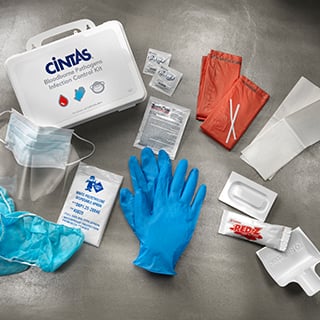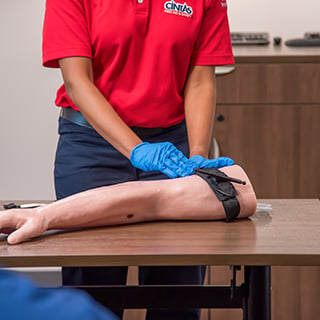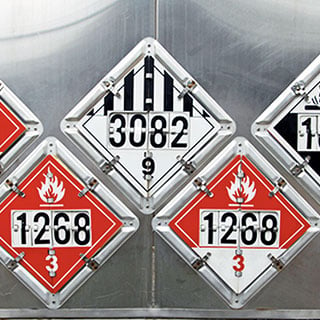
Protecting against workplace exposure risks
The invisible dangers of bloodborne pathogens pose a significant health risk in various workplaces. This training provides instruction on identifying exposure risks, implementing effective control measures, and understanding emergency response protocols. This course will help ensure every individual is prepared to handle situations involving blood or other potentially infectious materials.
How A Bloodborne Pathogens Training Program Works

1
Understand your options for vaccination in protection against infectious diseases

2
Learn about universal precautions for handling foreign substances

3
Practice incident clean-up using the proper safety materials
Bloodborne Pathogens Training
Course topics include:
- Defining bloodborne pathogens
- Preventative and control measures
- Vaccination options
- Housekeeping practices
- Safe and effective BBP clean-up
- Exposure control plan
OSHA Regulation
CFR 1910.1030 (G)(2)(I): (B)(K)
Employers shall ensure that all employees with occupational exposure participate in a training program which must be provided at no cost to the employee.
CFR 1910.1030 (G)(2)(II)(A): (B)(K)
At the time of initial assignment.
CFR 1910.1030 (G)(2)(II)(B): (B)(K)
At least annually thereafter.



